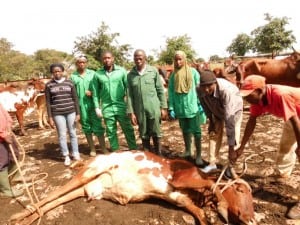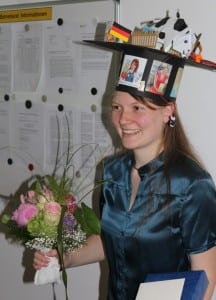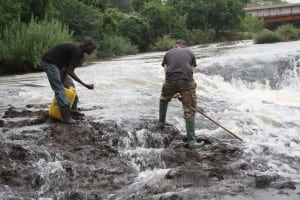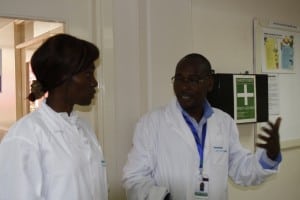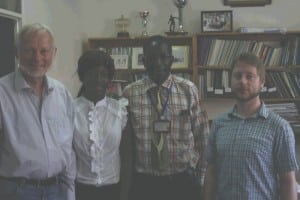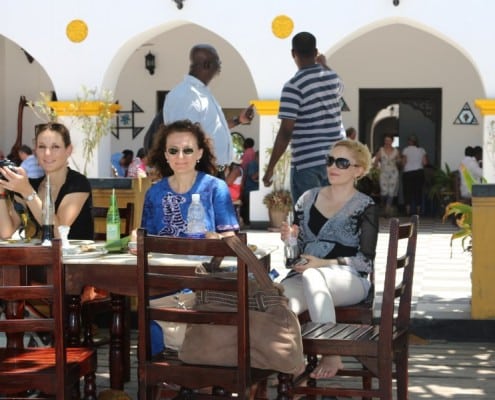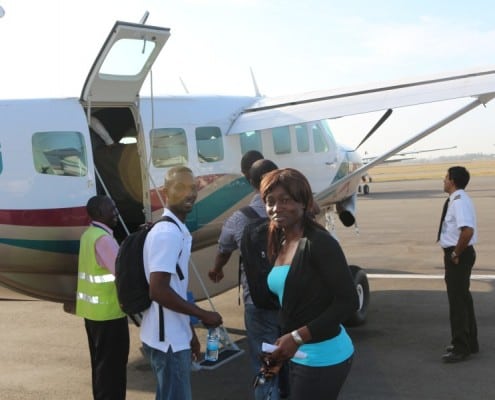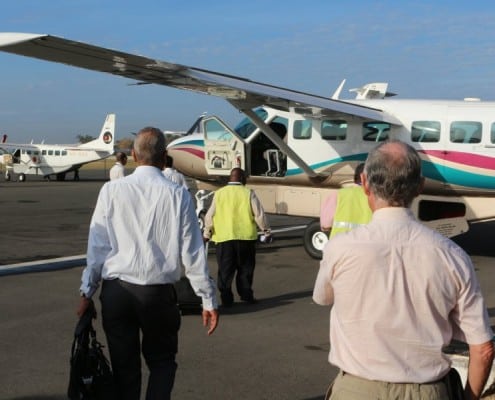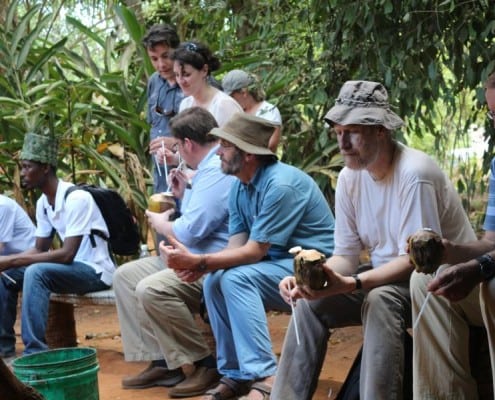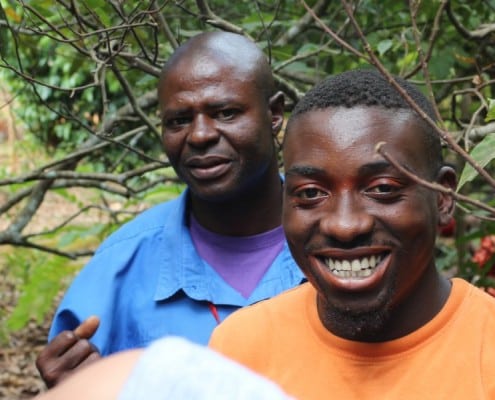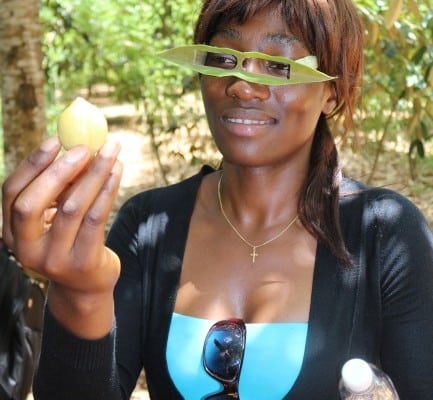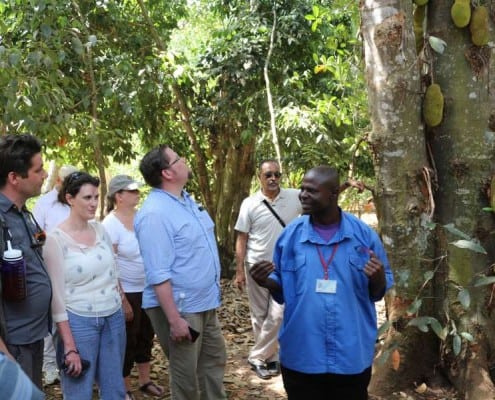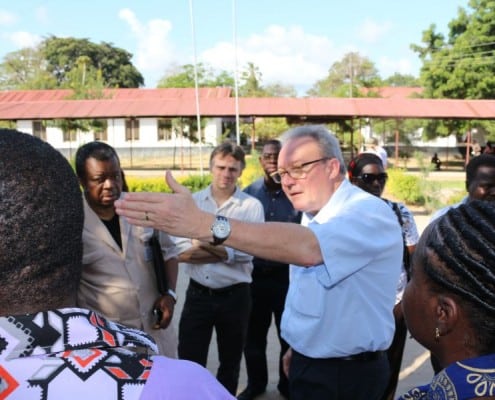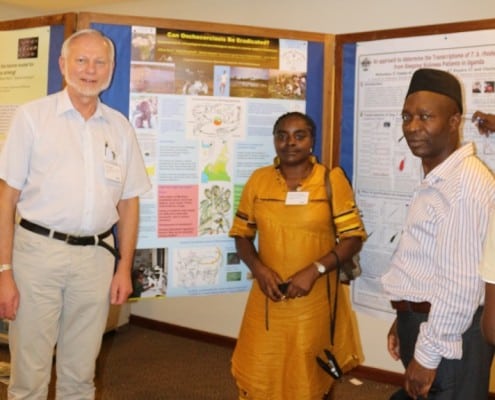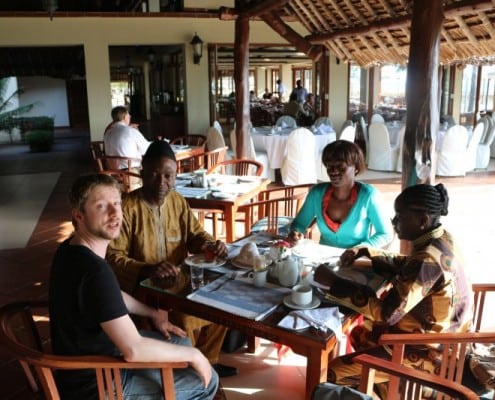Immune recognition of Onchocerca volvulus proteins in the human host and animal models of onchocerciasis
T.K. Manchang, I. Ajonina-Ekoti, D. Ndjonka, A. Eisenbarth, M.D. Achukwi, A. Renz, N.W. Brattig, E. Liebau and M. Breloer
Abstract
Onchocerca volvulus is a tissue-dwelling, vector-borne nematode parasite of humans and is the causative agent of onchocerciasis or river blindness. Natural infections of BALB/c mice with Litomosoides sigmodontis and of cattle with Onchocerca ochengi were used as models to study the immune responses to O. volvulus-derived recombinant proteins (OvALT-2, OvNLT-1, Ov103 and Ov7).
The humoral immune response of O. volvulus-infected humans against OvALT-2, OvNLT-1 and Ov7 revealed pronounced immunoglobulin G (IgG) titres which were, however, significantly lower than against the lysate of O. volvulus adult female worms. Sera derived from patients displaying the hyperreactive form of onchocerciasis showed a uniform trend of higher IgG reactivity both to the single proteins and the O. volvulus lysate. Sera derived from L. sigmodontis-infected mice and from calves exposed to O. ochengi transmission in a hyperendemic area also contained IgM and IgG1 specific for O. volvulus-derived recombinant proteins.
These results strongly suggest that L. sigmodontis-specific and O. ochengi-specific immunoglobulins elicited during natural infection of mice and cattle cross-reacted with O. volvulus-derived recombinant antigens. Monitoring O. ochengi-infected calves over a 26-month period, provided a comprehensive kinetic of the humoral response to infection that was strictly correlated with parasite load and occurrence of microfilariae.
Journal of Helminthology, doi:10.1017/S0022149X14000224 Cambridge University Press 2014
Manchang Tanyi Kingsley is heading the Veterinary Research Laboratory of IRAD at Wakwa-Ngaoundere. He is a collaborator of Programme Onchocercoses since 2009 and prepares his dissertation with PD Dr. M. Beloer at the Bernhard-Nocht-Institute in Hamburg.

